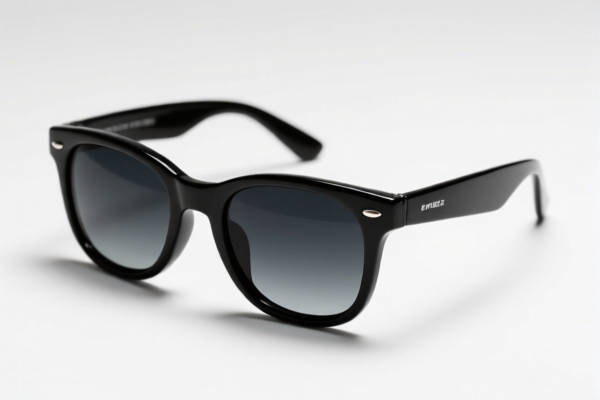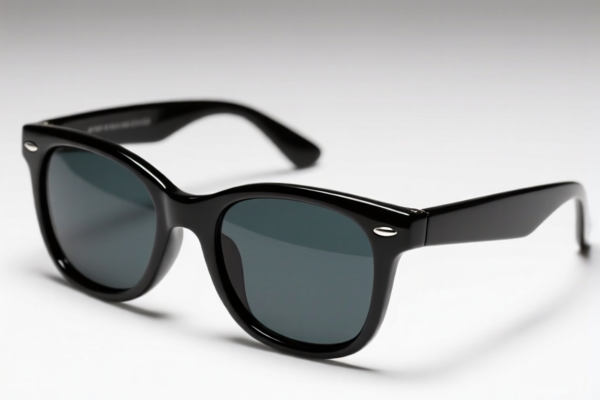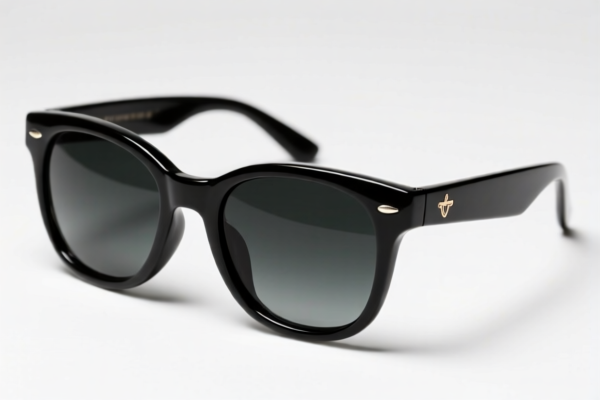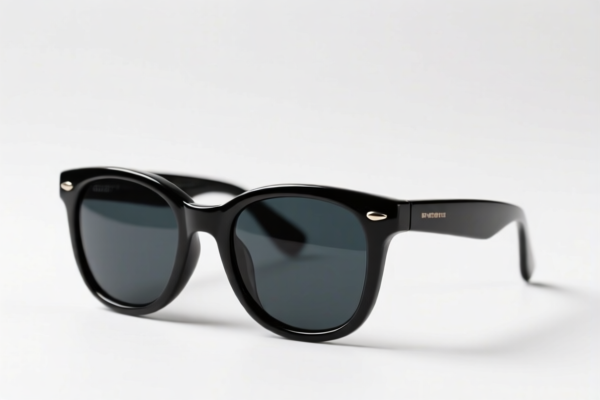| HS Code | Official Doc | Tariff Rate | Origin | Destination | Effective Date |
|---|---|---|---|---|---|
| 9004100000 | Doc | 39.5% | CN | US | 2025-05-12 |
| 9004900090 | Doc | 40.0% | CN | US | 2025-05-12 |
| 9017800000 | Doc | 60.3% | CN | US | 2025-05-12 |
| 9017800000 | Doc | 60.3% | CN | US | 2025-05-12 |
| 8518302000 | Doc | 30.0% | CN | US | 2025-05-12 |
| 8518908100 | Doc | 55.0% | CN | US | 2025-05-12 |
| 8544421000 | Doc | 55.0% | CN | US | 2025-05-12 |
| 8544491000 | Doc | 55.0% | CN | US | 2025-05-12 |
| 9001904000 | Doc | 55.0% | CN | US | 2025-05-12 |
| 9001909000 | Doc | 55.0% | CN | US | 2025-05-12 |
| 3923900080 | Doc | 58.0% | CN | US | 2025-05-12 |
| 3923500000 | Doc | 60.3% | CN | US | 2025-05-12 |




Audio Sunglasses
Audio sunglasses are eyewear that integrate audio playback functionality directly into the frame, allowing users to listen to music, podcasts, or take calls without the need for headphones or earbuds.
Material
Frames are typically constructed from materials similar to conventional sunglasses:
- Acetate: A cellulose acetate plastic known for its durability, flexibility, and wide range of color and style options.
- Metal Alloys: Stainless steel, titanium, or aluminum are used for a more premium look and feel, offering increased strength and lighter weight.
- TR90: A nylon-based thermoplastic known for its impact resistance, flexibility, and lightweight properties.
- Polycarbonate: Often used for lenses due to its high impact resistance and UV protection.
Purpose
The primary purpose of audio sunglasses is to provide a hands-free and discreet audio experience, enhancing convenience and safety in various situations. They aim to combine sun protection with the functionality of personal audio devices.
Function
- Audio Playback: Most models connect via Bluetooth to smartphones or other devices, allowing streaming of music, podcasts, and audiobooks.
- Call Handling: Integrated microphones enable hands-free phone calls.
- Voice Assistant Integration: Many models support voice assistants like Siri or Google Assistant, allowing users to control music, make calls, or access information using voice commands.
- Open-Ear Audio: Audio is typically delivered through bone conduction or small speakers positioned near the temples, leaving the ear canal open to maintain situational awareness.
- Touch Controls: Many models incorporate touch controls on the frame for adjusting volume, skipping tracks, or answering calls.
Usage Scenarios
- Outdoor Activities: Running, cycling, hiking, or other sports where maintaining awareness of surroundings is important.
- Everyday Use: Commuting, walking, or other daily activities where users want to listen to audio without isolating themselves.
- Driving: Listening to navigation or music while keeping ears open to traffic sounds.
- Work/Professional Settings: Discreetly listening to audio during tasks that don't require focused hearing.
Common Types
- Bone Conduction Audio Sunglasses: Transmit sound through vibrations in the cheekbones, leaving the ear canal completely open. Often favored for situational awareness and comfort.
- Open-Ear Audio Sunglasses: Utilize small speakers positioned near the temples to deliver audio without blocking the ear canal.
- Traditional Speaker Audio Sunglasses: Employ small speakers within the frame, offering a more traditional audio experience but potentially less situational awareness.
- Photochromic Audio Sunglasses: Lenses automatically adjust their tint based on UV light levels, providing optimal sun protection in varying conditions.
- Polarized Audio Sunglasses: Lenses reduce glare from reflective surfaces, enhancing visual clarity and comfort.
Audio sunglasses are spectacles incorporating audio functionality. Here's a breakdown of relevant HS codes based on the provided information:
- 9004.10.00.00: This HS code covers spectacles, goggles, and similar items, specifically sunglasses. The description explicitly includes corrective, protective, or other sunglasses. The total tax rate is 39.5% (Base tariff: 2.0%, Additional tariff: 7.5%, Post-April 2, 2025, Additional tariff: 30.0%).
- 8518.30.20.00: This HS code covers headphones and earphones, whether or not combined with a microphone, and sets consisting of a microphone and one or more loudspeakers, categorized as Other. The total tax rate is 30.0% (Base tariff: 0.0%, Additional tariff: 0.0%, Post-April 2, 2025, Additional tariff: 30.0%). Since audio sunglasses combine spectacles with audio components, this code may be relevant depending on the primary function.
- 9017.80.00.00: This HS code covers Other instruments. The total tax rate is 60.3% (Base tariff: 5.3%, Additional tariff: 25.0%, Post-April 2, 2025, Additional tariff: 30.0%). This could apply if the audio functionality is considered a specialized instrument integrated into the spectacles.
It is important to note that the classification of audio sunglasses may depend on the specific design and functionality. If the spectacles are primarily for vision correction or protection with added audio features, 9004.10.00.00 is likely the most appropriate code. If the audio functionality is dominant, 8518.30.20.00 might be more suitable. If the audio component is highly specialized, 9017.80.00.00 could be considered.
Customer Reviews
No reviews yet.